Introduction
In the realm of culinary delights, braised dishes stand out for their ability to transform tough cuts of meat into tender, flavorful masterpieces. Among these, braised beef steak holds a special place, combining the rich, savory essence of slow-cooked beef with the elegance of a well-prepared steak. While the process may seem intricate, with the right techniques and ingredients, anyone can master the art of making a perfect braised beef steak. This guide will take you through every step, from selecting the best cut of beef to achieving that perfect, mouthwatering finish.
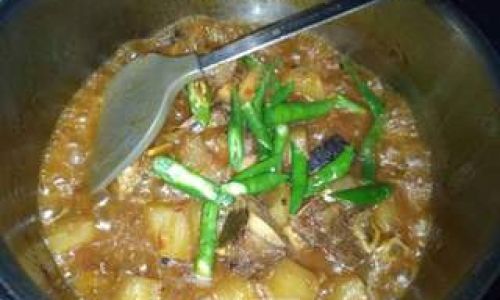
Section 1: Choosing the Right Cut
The first and foremost step in creating a delicious braised beef steak is selecting the appropriate cut of meat. While many cuts can be braised, certain ones lend themselves particularly well to this cooking method. Look for cuts that are typically tough but flavorful, such as the chuck, brisket, or even a well-marbled ribeye or New York strip if you prefer a more tender option but still want the braised flavor profile.
1 Chuck Steak
The chuck steak, derived from the shoulder area, is a great choice for braising due to its marbling and connective tissue, which break down beautifully during slow cooking.
2 Brisket
Brisket, often associated with barbecue, is another excellent option. Its thick muscle fibers and fat content make it perfect for long, slow cooking processes that render it tender and juicy.
3 Ribeye or New York Strip
For those who prefer a more tender cut, opt for a ribeye or New York strip. While these cuts are generally grilled or pan-seared, they can also be braised to add depth of flavor while retaining their tenderness.
Section 2: Preparation and Seasoning
Once you’ve chosen your cut, it’s time to prepare and season it properly. Proper seasoning not only enhances the flavor but also helps to build a flavorful crust during the cooking process.
1 Trimming and Trussing
Trim any excess fat from the steak, leaving just enough to keep it moist during cooking. For larger cuts, consider trussing (tying) the meat with kitchen twine to ensure it cooks evenly.
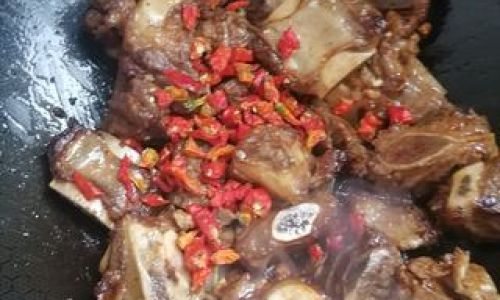
2 Seasoning
Season the steak generously with salt and pepper. For added depth, consider using a blend of coarse sea salt, freshly ground black pepper, and perhaps a pinch of garlic powder or onion powder. Let the steak sit for at least 30 minutes after seasoning to allow the salt to draw out moisture and season the meat from within.
3 Marinating (Optional)
For an extra layer of flavor, you can marinate the steak. A simple marinade of red wine, soy sauce, garlic, and rosemary can be very effective. Let the steak marinate for at least 2 hours, preferably overnight in the refrigerator.
Section 3: The Braising Process
Braising involves two key steps: searing and slow cooking. Searing creates a flavorful crust, while slow cooking tenderizes the meat and allows the flavors to meld together.
1 Searing the Steak
Preheat your oven to 325°F (163°C). Heat a heavy-bottomed pot or Dutch oven over medium-high heat with a few tablespoons of oil (such as olive oil, avocado oil, or even beef tallow). Once the oil is hot, place the seasoned steak in the pot and sear until browned on all sides, about 3-4 minutes per side. This locks in juices and adds a rich, caramelized flavor.
2 Adding Aromatics and Liquid
Once the steak is seared, remove it from the pot and set it aside. In the same pot, add chopped onions, carrots, celery, and garlic. Sauté these vegetables until they begin to soften and develop some color, about 5-7 minutes. This creates a flavorful base for the braising liquid.
Next, deglaze the pot with a liquid such as beef broth, red wine, or a combination of both. The liquid should just cover the steak. Add any additional seasonings or herbs you like, such as thyme, bay leaves, or rosemary.
3 Slow Cooking
Return the seared steak to the pot, nestling it among the vegetables. Bring the liquid to a simmer, then cover the pot and transfer it to the preheated oven. Let it cook slowly for about 2-4 hours, depending on the size and desired doneness of the steak. For a more tender result, you can cook it longer, but be mindful of the liquid level to prevent the steak from drying out.
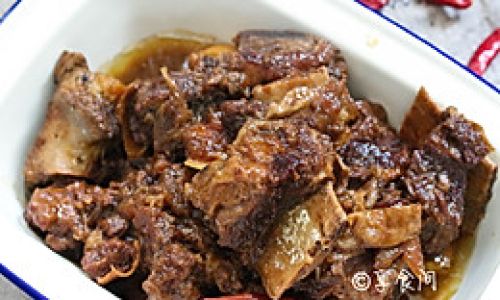
Section 4: Finishing Touches
Once the steak is cooked to your liking, it’s time to finish it off and serve.
1 Checking for Doneness
Use a meat thermometer to check the internal temperature of the steak. For medium-rare, aim for around 130°F (54°C); for medium, around 140°F (60°C). Remember, the steak will continue to cook slightly as it rests.
2 Resting
Transfer the steak to a plate or cutting board, cover it loosely with aluminum foil, and let it rest for at least 15-20 minutes. This allows the juices to redistribute, ensuring a juicy, tender result.
3 Reducing the Sauce
While the steak is resting, return the pot to the stove and bring the braising liquid to a simmer. Let it reduce slightly to concentrate flavors, about 10-15 minutes. Taste and adjust seasoning as needed with additional salt, pepper, or a splash of vinegar or lemon juice for brightness.
4 Serving
Slice the steak against the grain for optimal tenderness. Serve it with the reduced braising liquid spooned over top, accompanied by the braised vegetables. A side of mashed potatoes, roasted vegetables, or even a crusty loaf of bread can enhance the meal.
Section 5: Tips and Variations
Here are some additional tips and variations to elevate your braised beef steak:
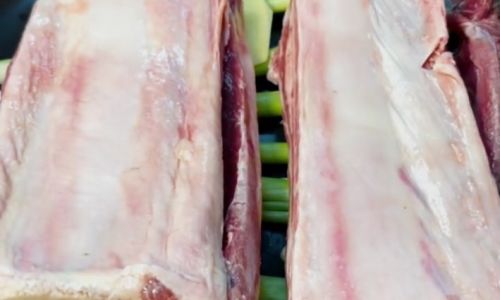
1 Add-Ins
Incorporate other ingredients like mushrooms, pearl onions, or even dried fruits like cranberries or raisins for added complexity.
2 Different Flavor Profiles
Experiment with different spices and herbs. For instance, a Middle Eastern-inspired braise might include cumin, cinnamon, and allspice. An Asian fusion could incorporate soy sauce, ginger, and star anise.
3 High-Pressure Cooking
For a quicker braise, consider using an Instant Pot or pressure cooker. This can reduce cooking time by half while still achieving tender, flavorful results.
Conclusion
Braising beef steak is a culinary journey that transforms tough cuts into tender, flavorful dishes. By following the steps outlined in this guide—from selecting the right cut to seasoning, searing, slow cooking, and finishing—you can create a braised beef steak that is sure to impress. Whether you stick to traditional methods or explore exciting variations, the art of braising offers endless possibilities for creating memorable meals. Happy cooking!

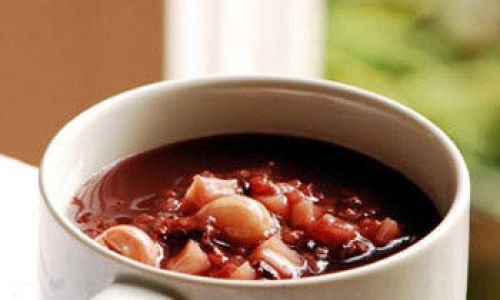


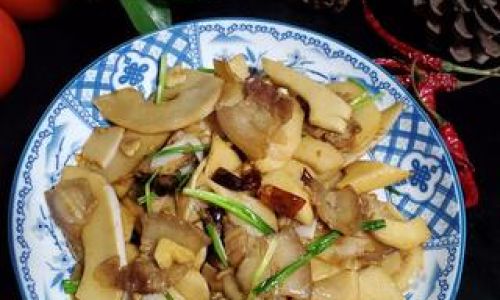
0 comments